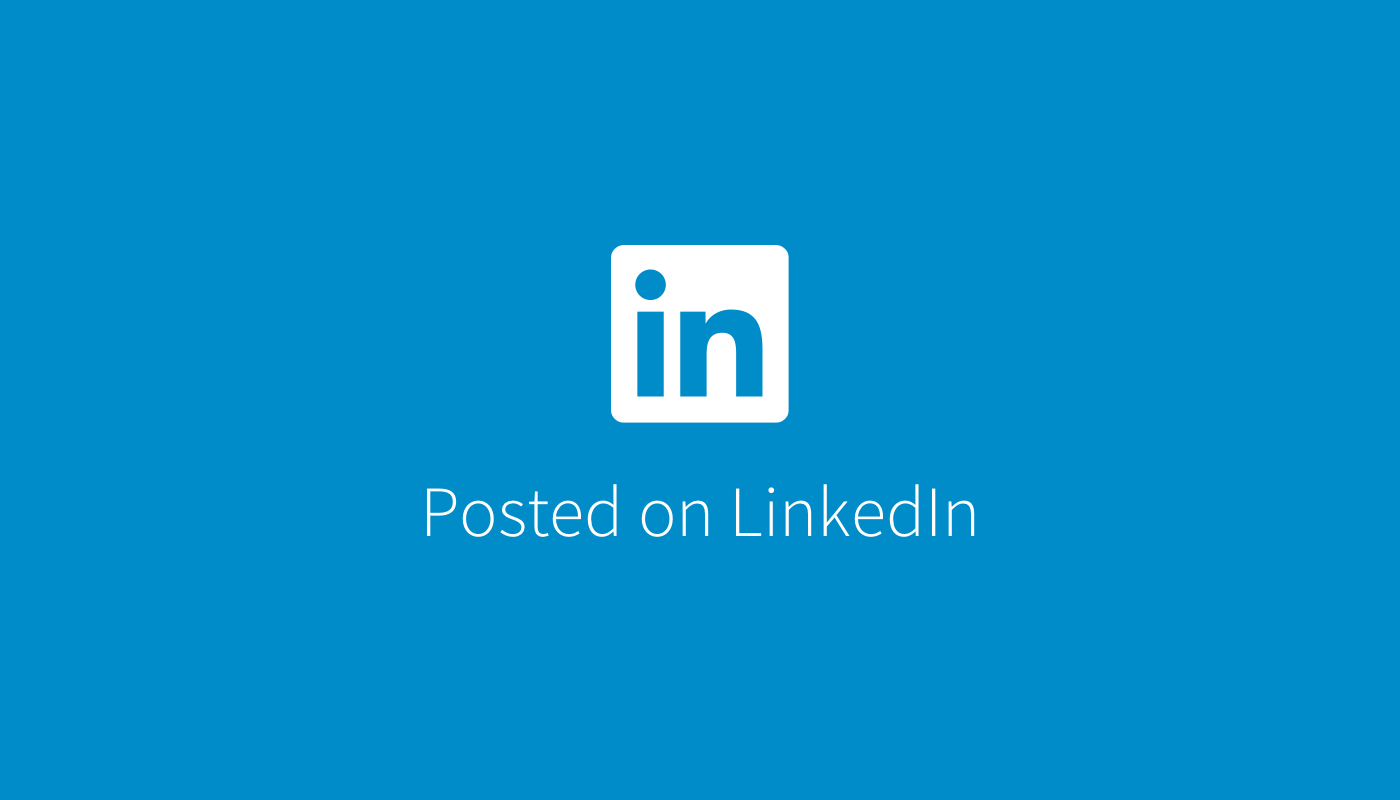Source: https://www.linkedin.com/feed/update/urn%3Ali%3Ashare%3A6859885011705901056
#Stocks #Overpriced By 40% by #Stock #BuyBacks: 40% Of The Bull Market Is Due To Buybacks: https://lnkd.in/etYai3dj : How #Low #Interest #Rates #Inflate #Markets:
“**For much of the last decade, companies buying their own shares have accounted for all net purchases.** The total amount of stock bought back by companies since the 2008 crisis even exceeds the #Federal #Reserve’s spending on buying bonds over the same period as part of #quantitative #easing. Both #pushed up #asset #prices.”
Between the #FederalReserve injecting a massive amount of #liquidity into the #financial #markets, and #corporations #buying #back their #shares, there have been effectively no other #real #buyers in the #market.
The Market Should Be 40% Lower As Shown below:
The decomposition of returns for the S&P 500 breaks down as follows:
21% from multiple expansion,
31.4% from earnings,
7.1% from dividends, and
40.5% from share buybacks.
#Stock #BuyBacks #Misuse #Abuse #Markets #Finance #Accounting
What If I told you that 40% of the #bull #market #rally over the last decade was from #buybacks alone? We previously discussed the misuse and abuse of #stock #buybacks over the last decade. Such is not surprising given the #low #interest #rate environment. But, as we now know, there is a point where #low #rates #deter #economic #activity. Given higher stock prices compensate corporate executives, it is not surprising to see companies opt for a short-term benefit of buybacks versus investment. Once a company engages in share repurchases, they get inevitably trapped into continuing to repurchase shares to keep share prices elevated. The problem is the continued diversion of ever-increasing amounts of cash from productive investments that could create long-term growth.
What is clear is that the #misuse and #abuse of #share #buybacks to #manipulate #earnings and reward #insiders has become problematic.:
Today, more than ever, many corporate executives have a large % of their #compensation tied to company stock performance. As a result, a “miss” of #WallStreet expectations can lead to a hefty penalty in the companies stock price.
In a #WallStreetJournal study, 93% of the respondents point to “influence on #stock #price” and “outside pressure” as reasons for #manipulating #earnings figures. Such is why the use of #stock #buybacks has continued to rise in recent years. Following “#pandemic #shutdown,” they skyrocketed.
It’s the insiders as changes in #compensation #structures since the turn of the century have become heavily dependent on stock-based compensation.
“Corporate executives give several reasons for stock buybacks but none of them has close to the explanatory power of this simple truth: Stock-based instruments make up the majority of their pay and in the short-term buybacks drive up stock prices.”
AIMLExchange.com : BRINT.com : C4I-Cyber.com .
Global Risk Management Network LLC: Silicon Valley-Wall Street-Pentagon-Global Digital CEOs Networks


